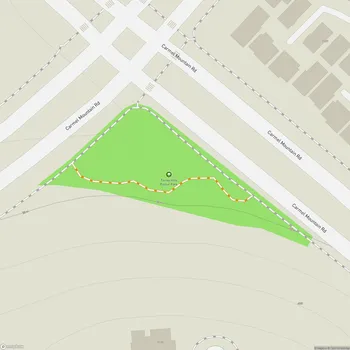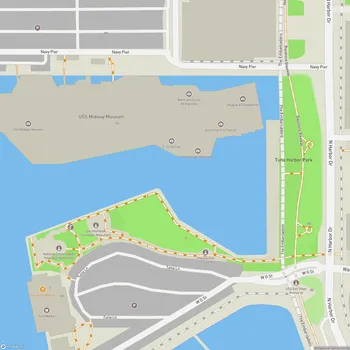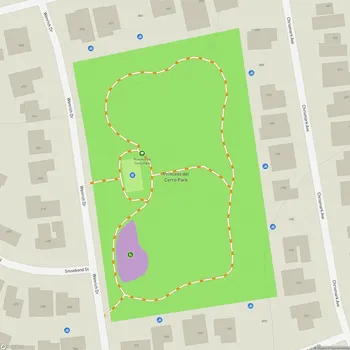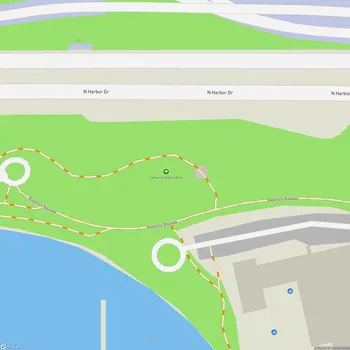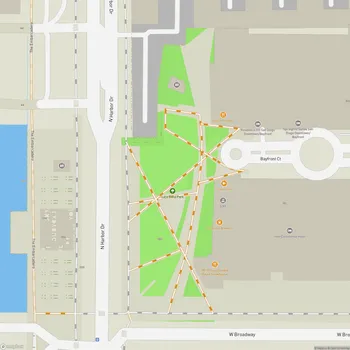Mission Trails Regional Park
Interactive Park Map
About Mission Trails Regional Park
A Vast Urban Wilderness
Tucked just 8 miles northeast of downtown San Diego lies a natural treasure that feels worlds away from city life. Mission Trails Regional Park spans over 8,000 acres of wild and developed land, making it one of the largest urban parks in the United States. Since 1974, it has been considered the third jewel in San Diego's park system, alongside Balboa Park and Mission Bay Park.
What makes this place special is how it preserves a snapshot of what San Diego looked like before European settlers arrived - rugged hills, peaceful valleys, and open spaces that invite you to forget about your to-do list for a while.
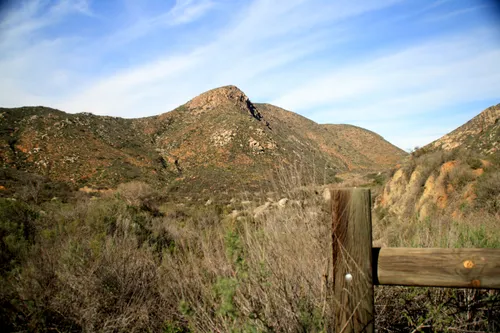
Trails and Recreation
With 60 miles of trails crisscrossing the park, there's something for everyone here. Regardless of whether you're up for a casual stroll on flat terrain or looking to challenge yourself on steep inclines, there are options for every ability level. The crown jewel for many hikers is Cowles Mountain - at 1,592 feet, it's the highest point in the city and offers panoramic views of San Diego and beyond.
Feeling particularly adventurous? Take on the Five Peak Challenge, which guides you across all of the park's major summits. Time your visit after spring rains, and you might catch the magical transformation of the landscape as seasonal creeks and waterfalls come to life.
Lake Murray, which forms part of the park, offers fishing and boating for those who prefer water to trails. And if one day isn't enough to soak in all this natural beauty, the Kumeyaay Lake Campground provides a comfortable base camp with fire pits, picnic tables, and clean showers.
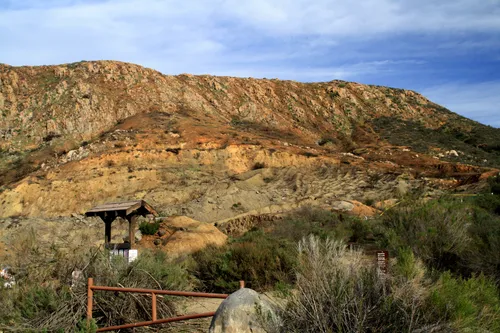
Rich Cultural Heritage
Long before it became a park, this land was home to the Kumeyaay people, whose connection to the area dates back thousands of years. Later, between 1809 and 1815, the Old Mission Dam was constructed to supply water to the nearby Mission San Diego de Alcalá. You can still visit this historic landmark in the northeast section of the park - a tangible link to the region's complex past.
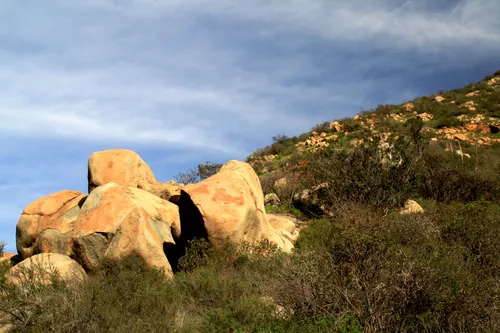
Visitor Resources
The heart of Mission Trails is its impressive Visitor and Interpretive Center - a 14,000-square-foot facility that helps bring the park's story to life. Inside, you'll find fascinating exhibits covering the geology, history, plant and animal life, and cultural significance of the area. The interactive displays about the Kumeyaay people and the region's natural history make learning feel less like a lesson and more like discovery.
The center also houses a theater, library, gift shop, and an outdoor amphitheater. If you want to deepen your understanding of the park, join one of the regularly scheduled guided nature walks. And on those scorching summer days, the air-conditioned center offers a welcome break from the heat.
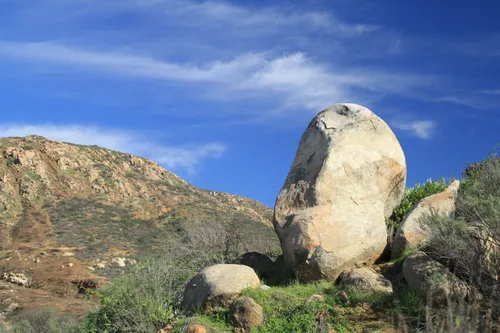
Ecological Significance
Beyond recreation, Mission Trails is an ecological preserve that protects numerous native Southern California species. The classic chaparral vegetation creates a habitat where birds, reptiles, and mammals (including the occasional coyote) thrive.
Visit after winter rains to see the park at its most vibrant, when wildflowers paint the landscape and seasonal streams gurgle back to life. Just be aware that this wild space is truly wild - you'll want to keep an eye out for rattlesnakes and poison oak on some trails, especially during warmer months.
Rock Climbing and Bouldering
The park has become something of a playground for rock climbing enthusiasts too. Several areas offer excellent bouldering and climbing opportunities that accommodate various skill levels. If you're into climbing, don't miss the Climber's Loop, which has developed quite a following among local climbing communities.
All Features & Facilities
Active Recreation
Nature & Wildlife
Water Features & Activities
Visitor Services
Food & Gathering
Photo Gallery (click to enlarge)




ParkMagnet Score
Top Park
